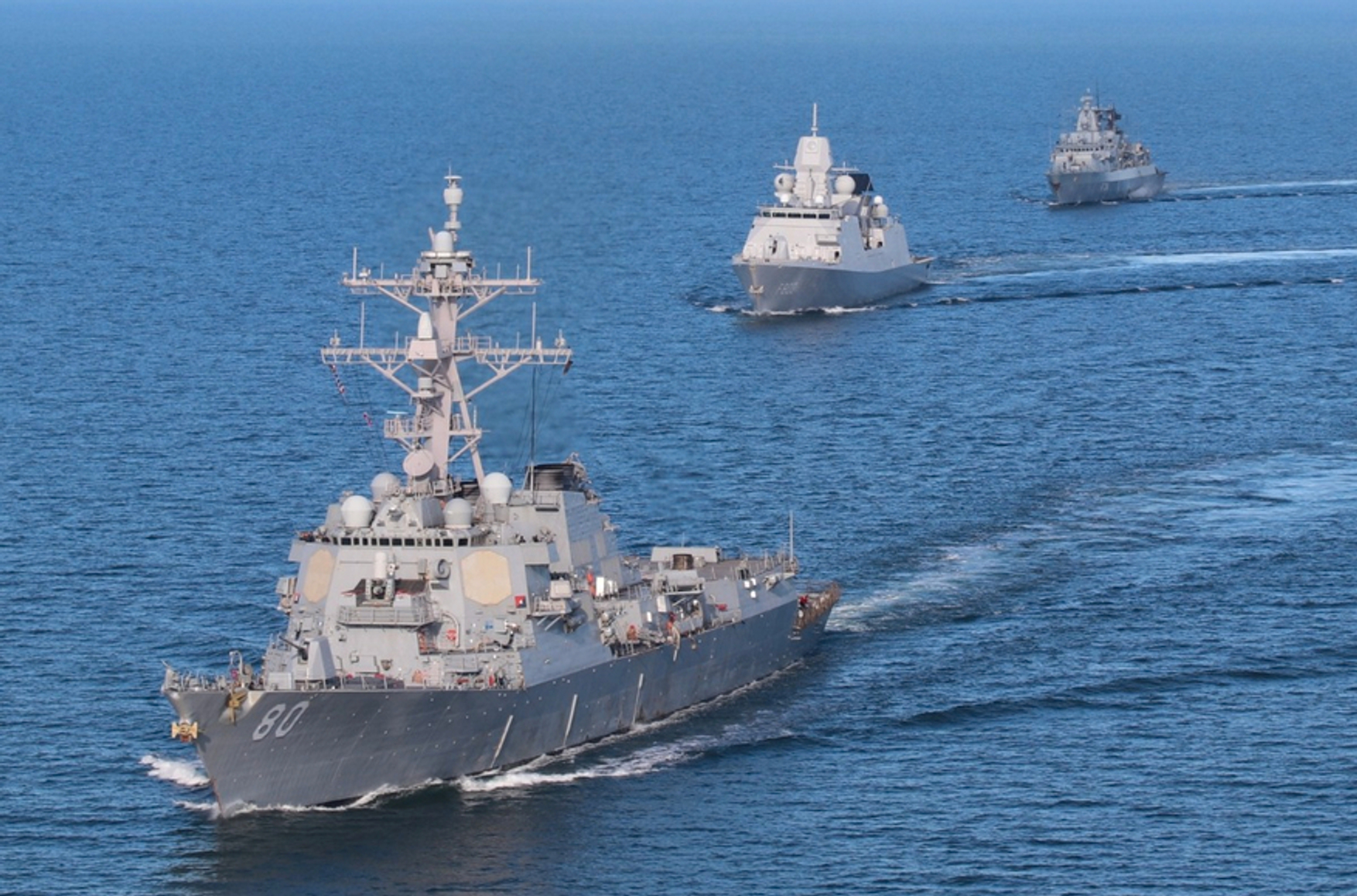NATO has unveiled “Baltic Sentry,” a mission aimed at protecting critical infrastructure in the Baltic Sea. The move follows a series of suspicious incidents involving Russian and Chinese-linked ships, which have damaged multiple undersea power and communications cables in the area.
NATO Secretary General Mark Rutte announced the initiative on Jan. 14 at the Baltic States summit in Helsinki. According to a statement on NATO’s website, the mission is intended to “enhance the alliance’s military presence in the region and improve its ability to respond to destabilizing acts.”
As part of the mission, frigates, maritime patrol aircraft, and unmanned naval drones will patrol the waters of the Baltic Sea. During the summit, regional leaders discussed the threats facing undersea infrastructure.
On Jan. 12, Swedish Prime Minister Ulf Kristersson announced that Sweden would contribute three warships and a reconnaissance aircraft to NATO’s Baltic Sea mission. On the same day, Swedish Defense Minister Carl-Oskar Bohlin reported damage to the Nordbalt undersea energy cable, which connects Sweden and Lithuania. The nature of the damage suggests the cable was dragged by an anchor.
According to Bohlin, the suspected culprit is the Chinese cargo ship Yi Peng 3, which is also believed to have damaged other cables in the Baltic. The vessel was detained in late November in Danish territorial waters. The German publication Bild, along with several open source intelligence (OSINT) analysts, identified the captain of the Yi Peng 3 as Russian national Alexander Stechentsev. In a conversation with The Insider, Stechentsev confirmed that he was aboard the vessel at the moment it departed the port of Ust-Luga in Russia’s Leningrad Region. However, he said he was there only in the capacity of a maritime pilot and claimed to have left the ship immediately after guiding it out of the port.
In December, Finnish authorities detained the tanker Eagle S, which is suspected of being part of Russia’s “shadow fleet,” a collection of poorly maintained vessels that help Moscow trade oil at prices above the Western-imposed $60 cap. The tanker is accused of damaging four telecommunications cables — along with the Estlink 2 power cable connecting Finland and Estonia — by dragging its anchor along the seabed. British maritime journal Lloyd’s List, citing an unnamed source directly involved with the vessel, later reported that the Eagle S was equipped with spy equipment capable of monitoring NATO ships and aircraft.



